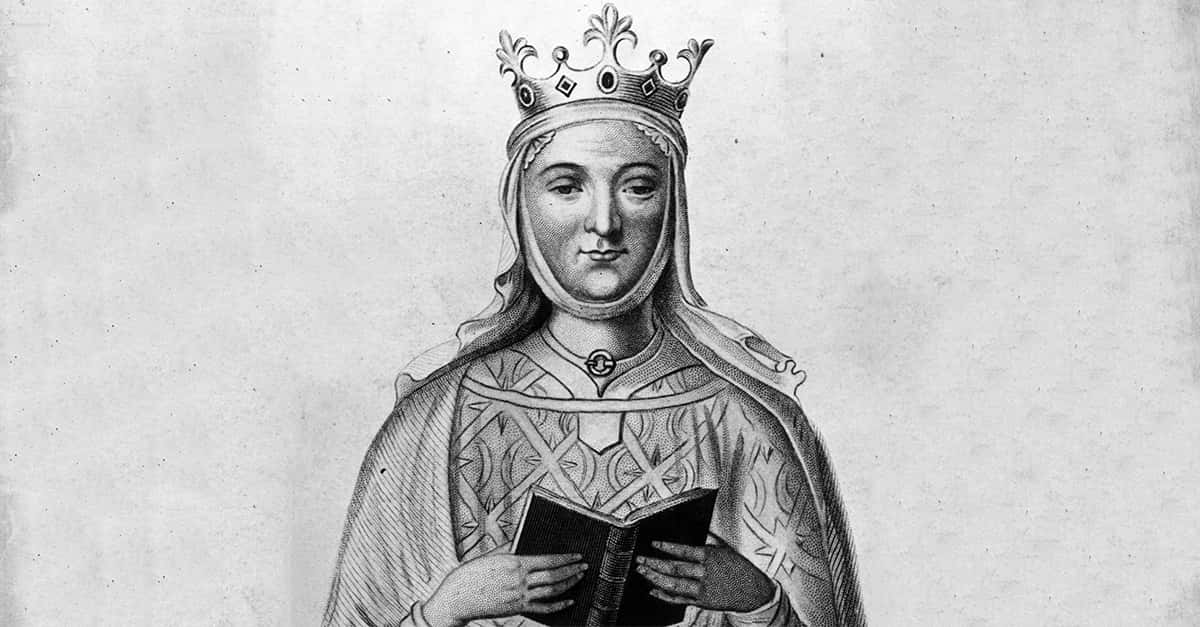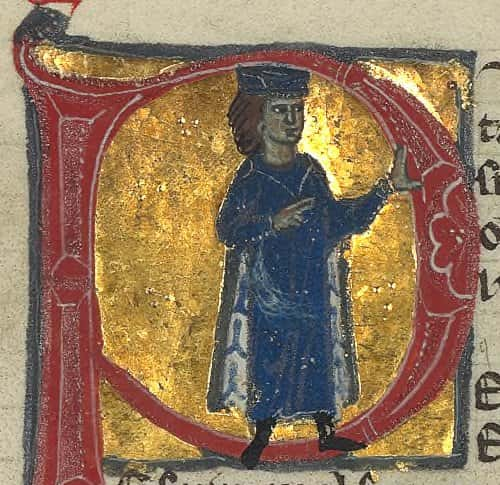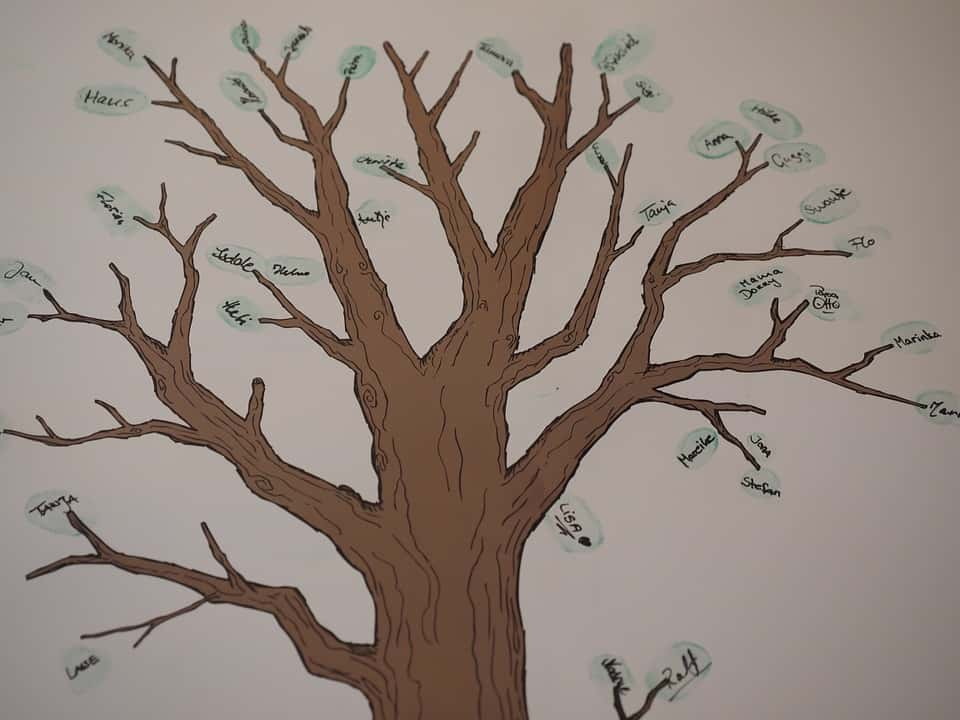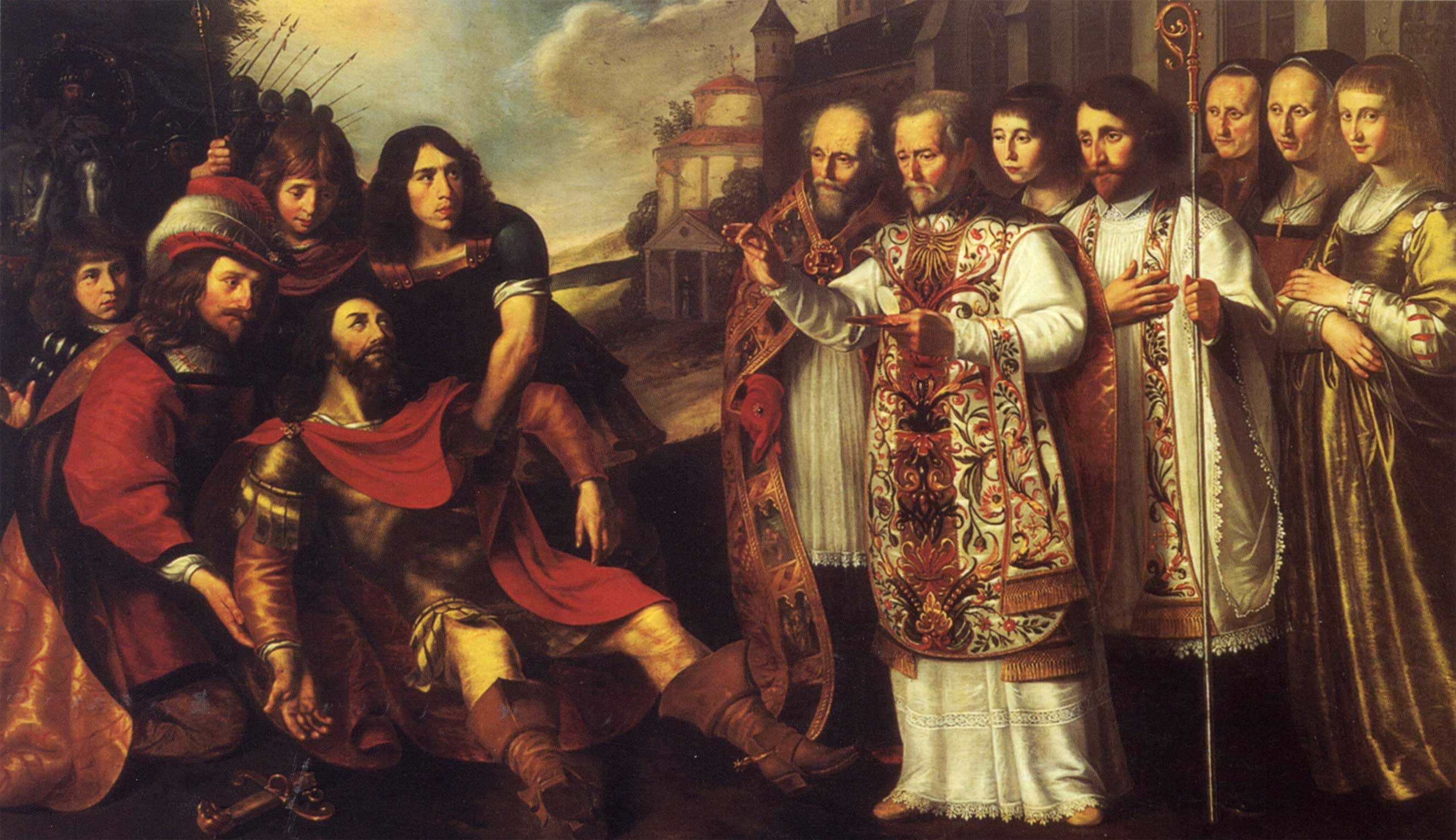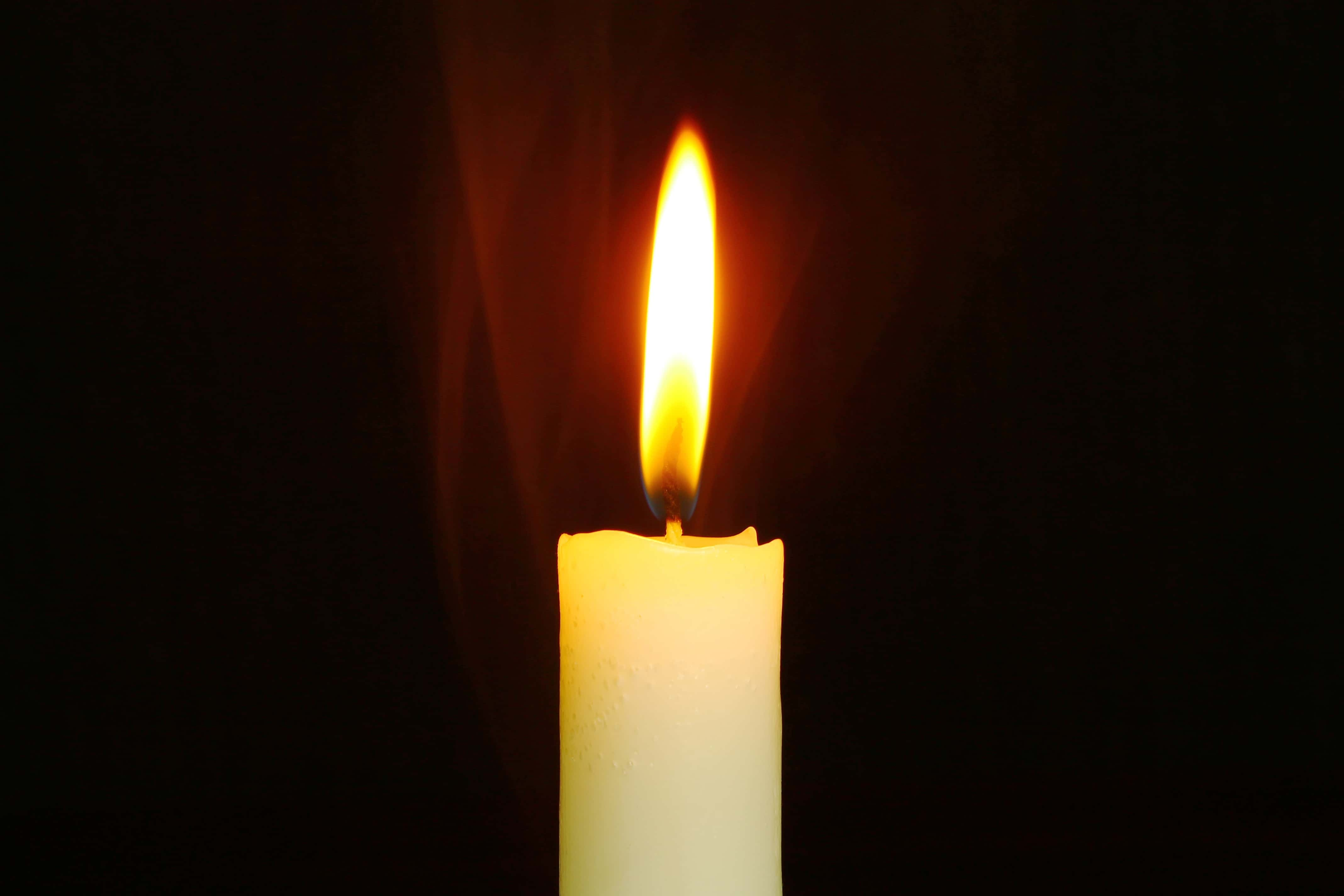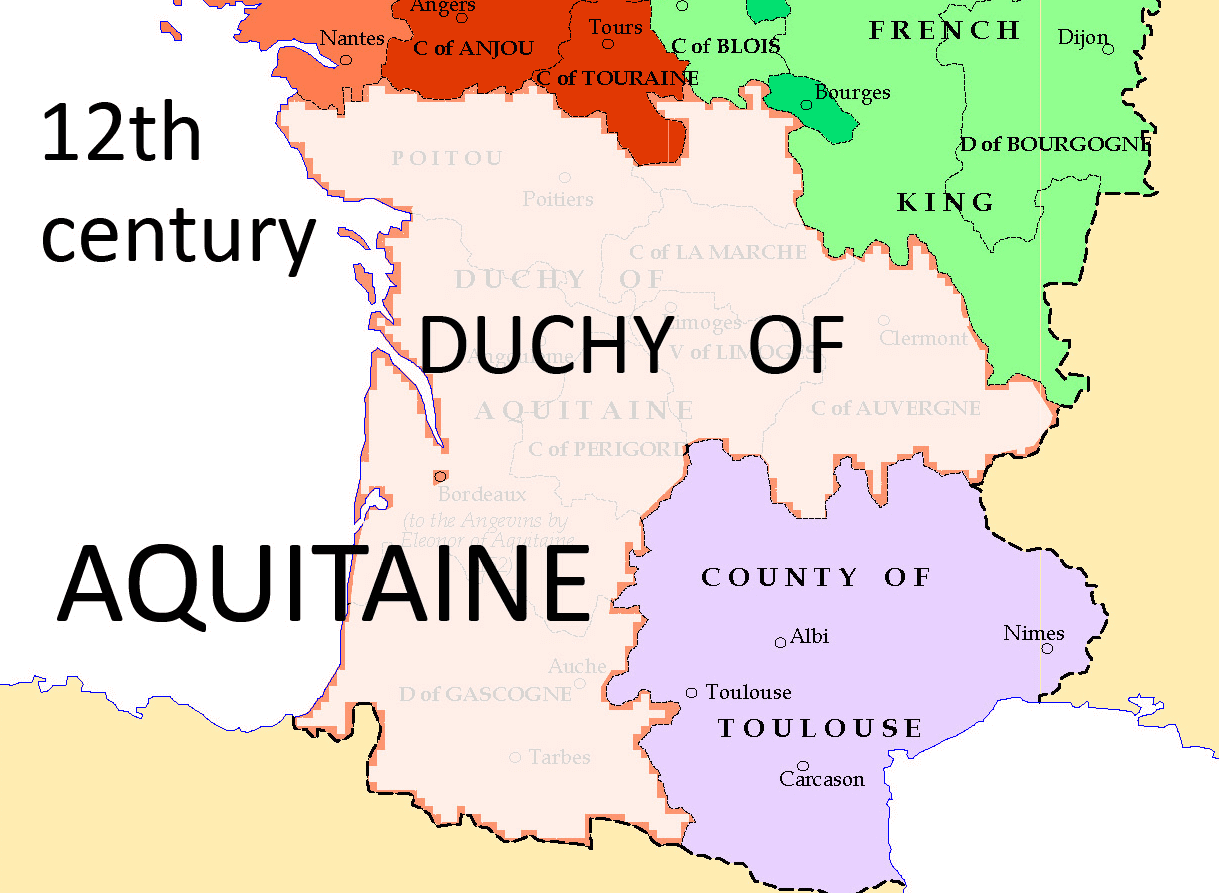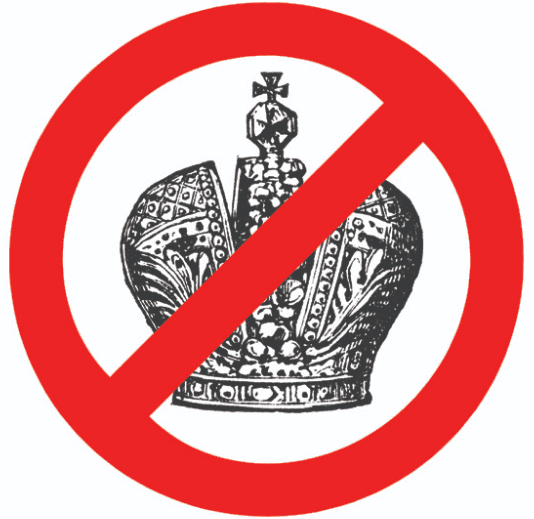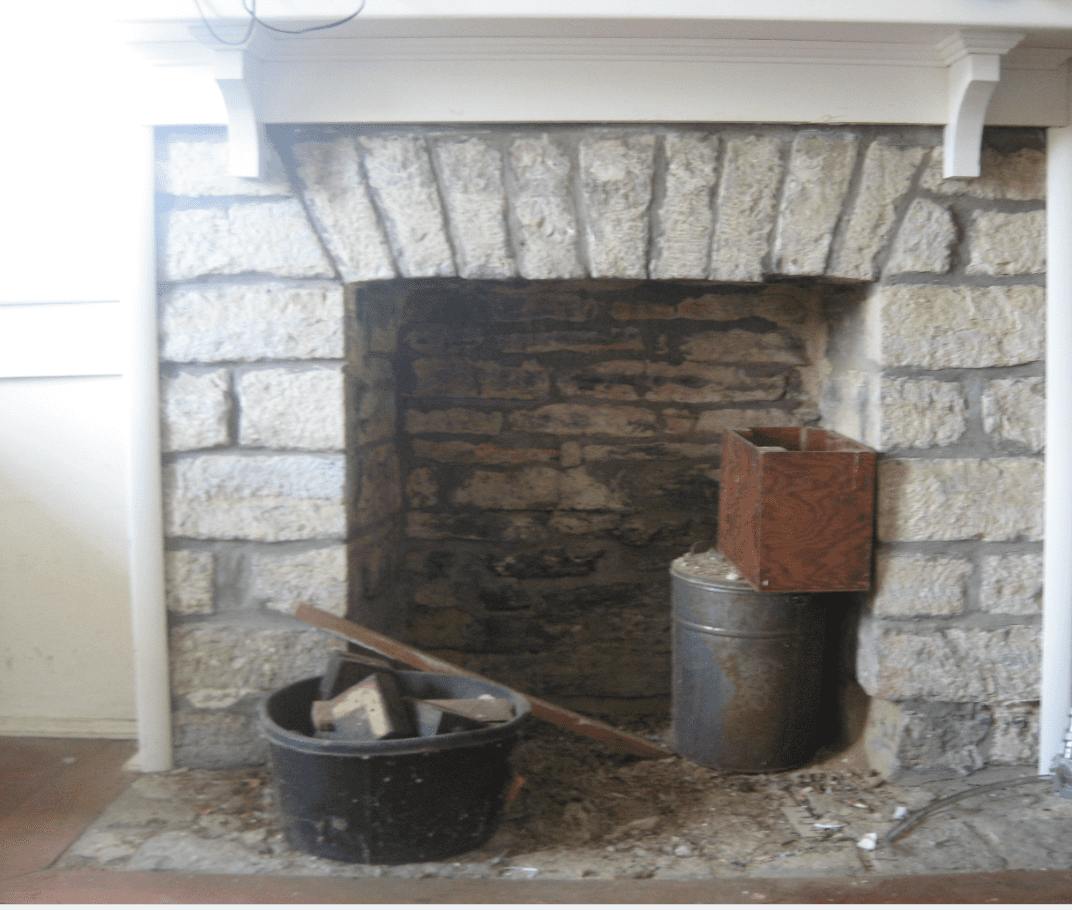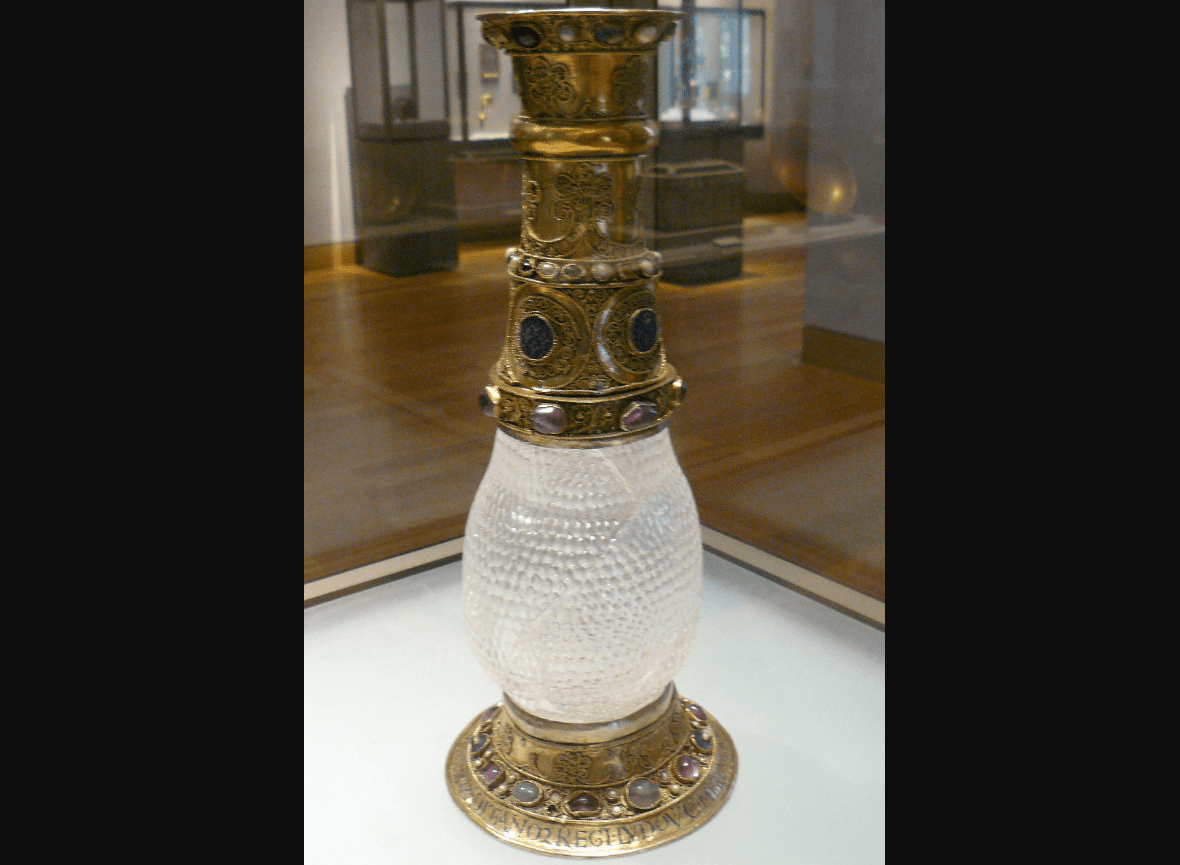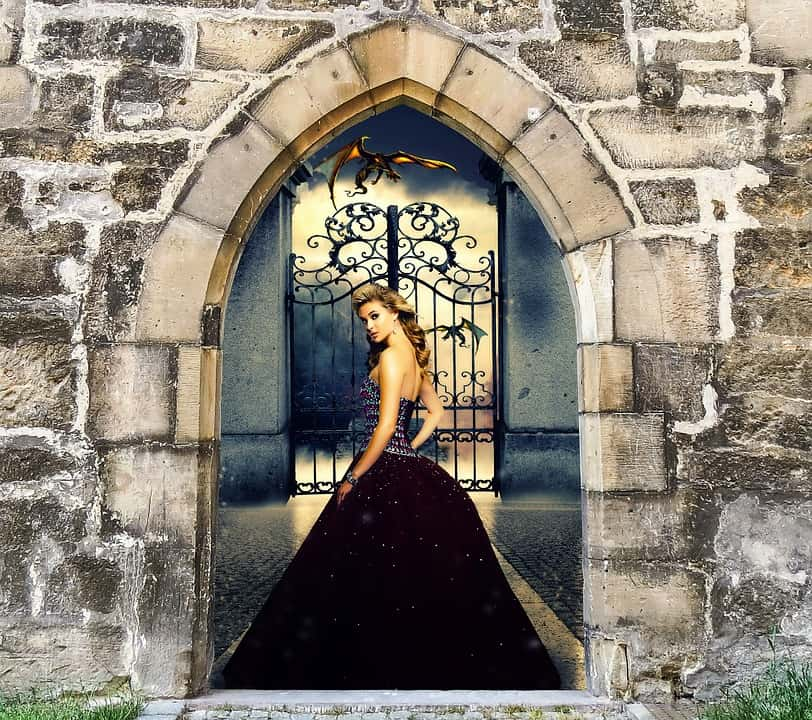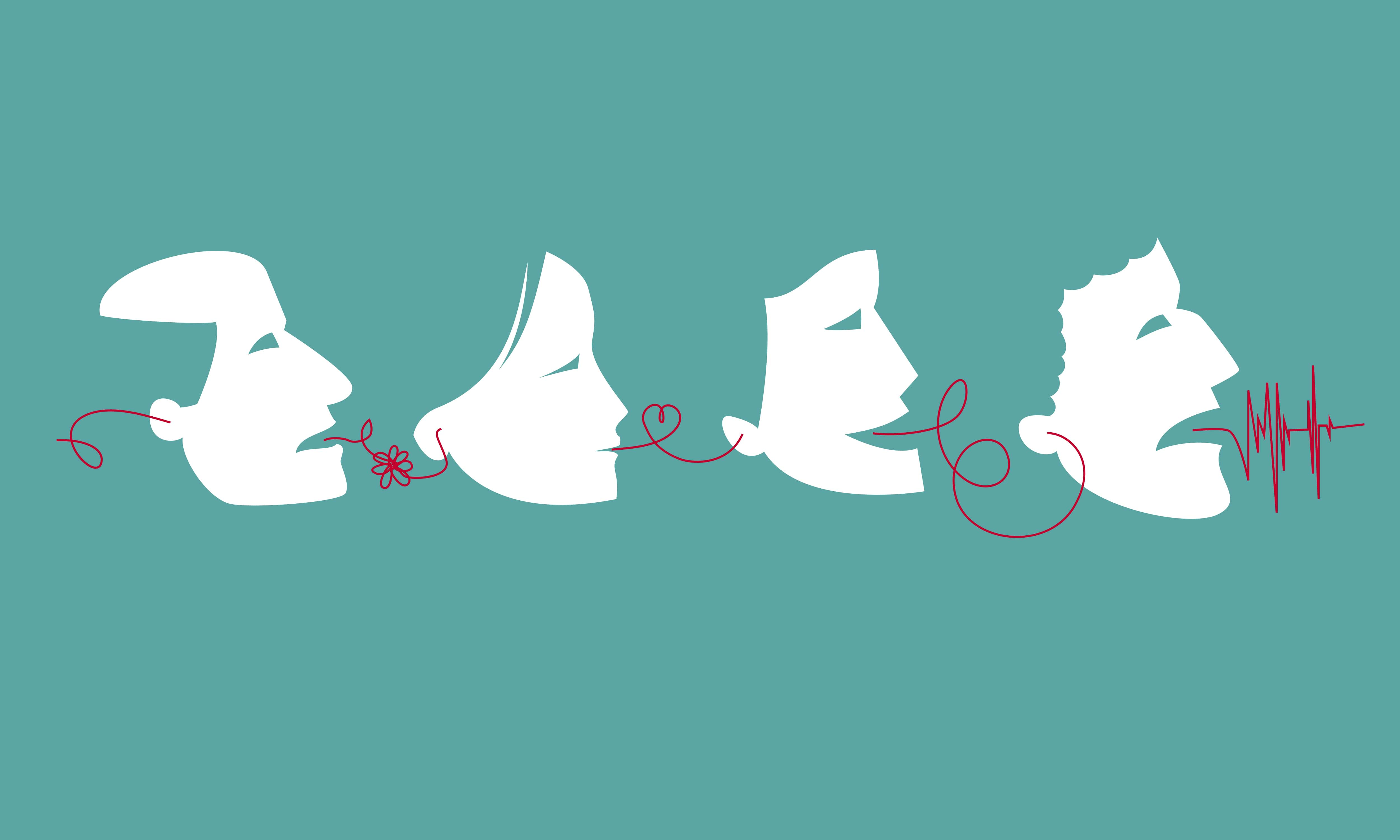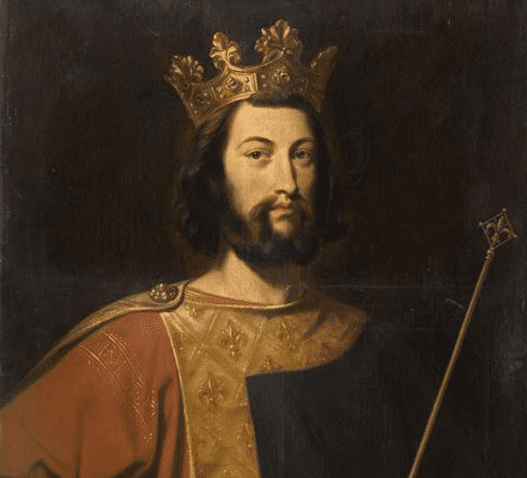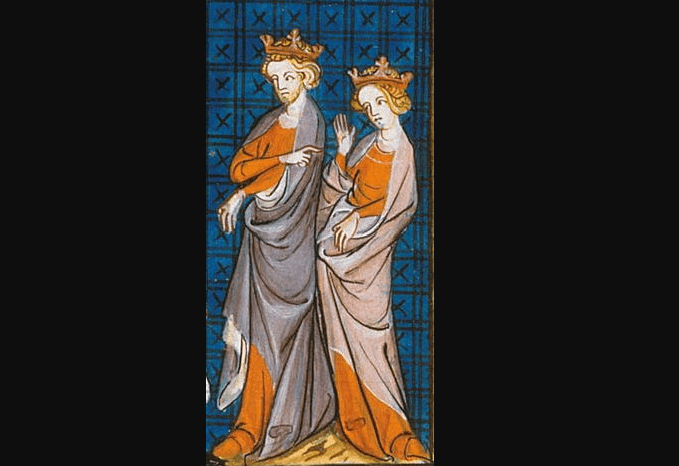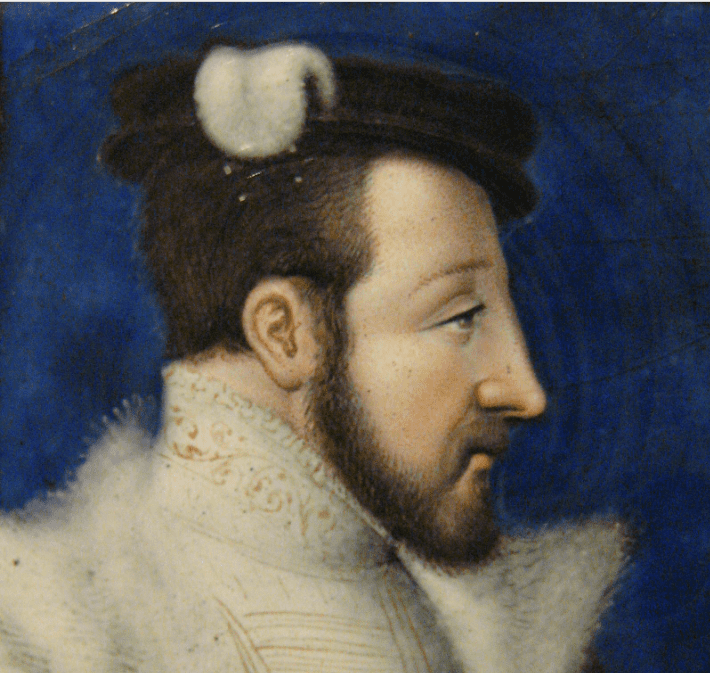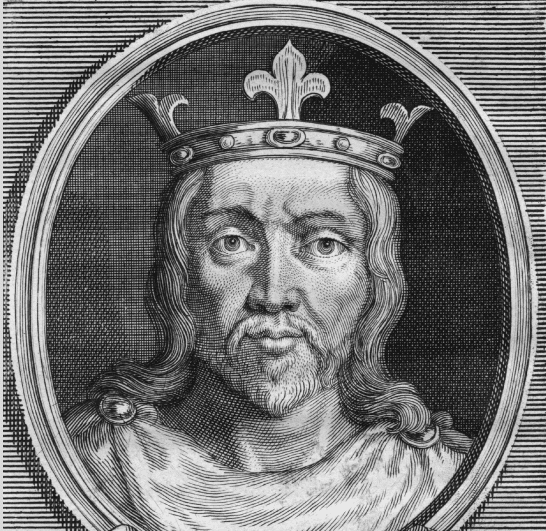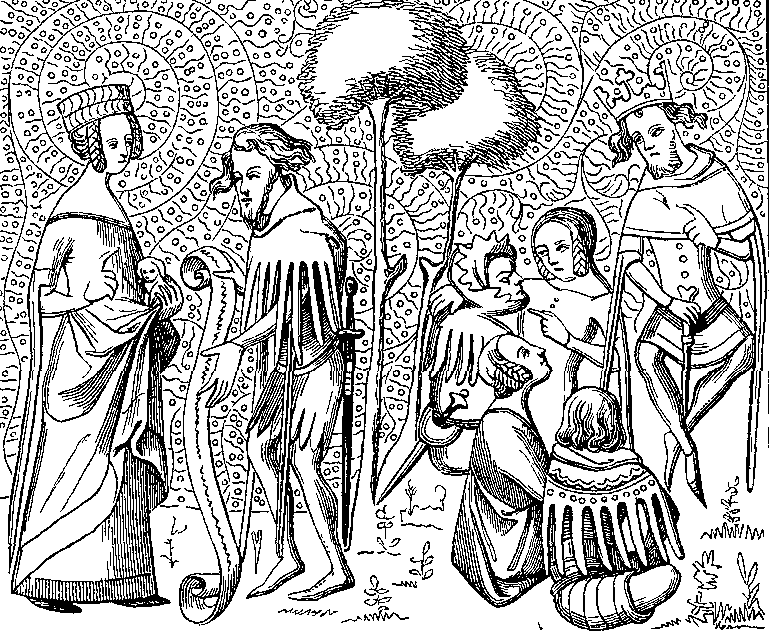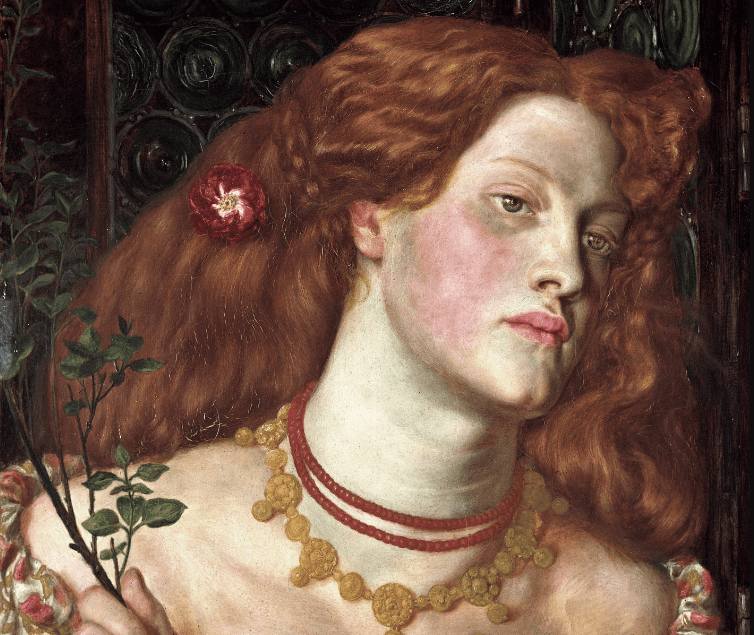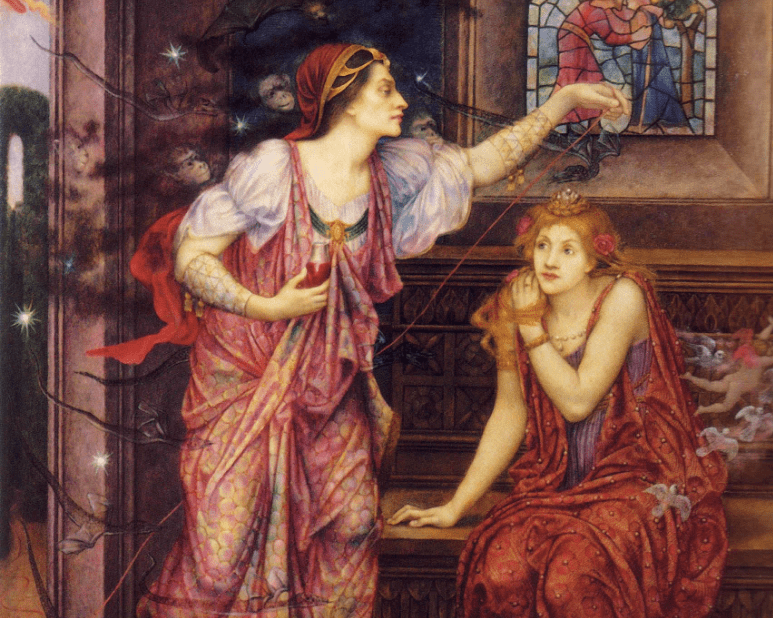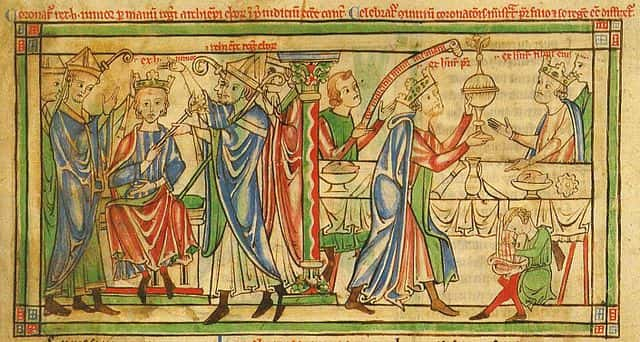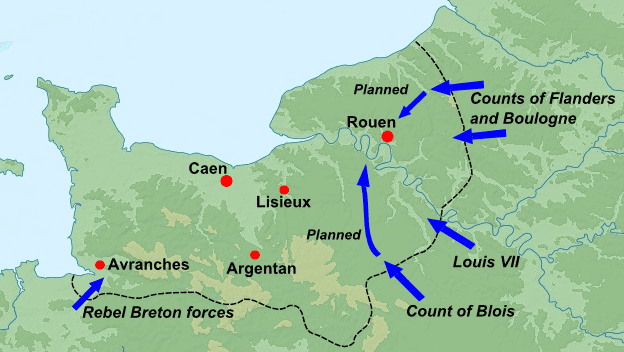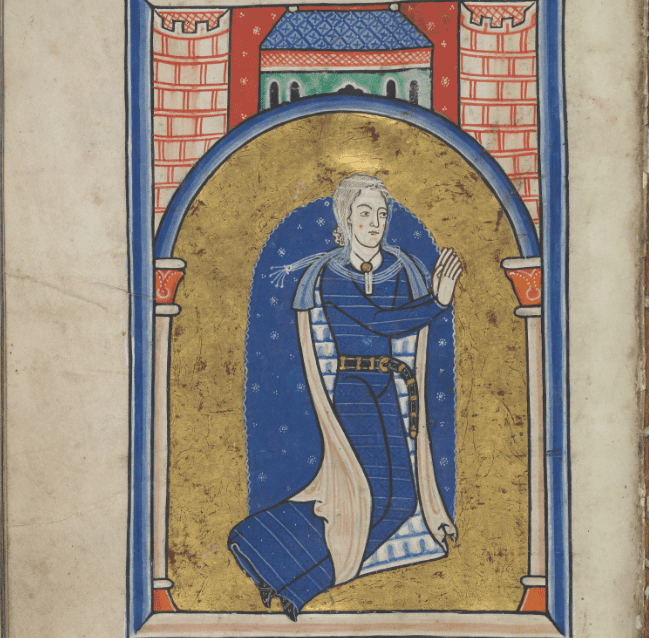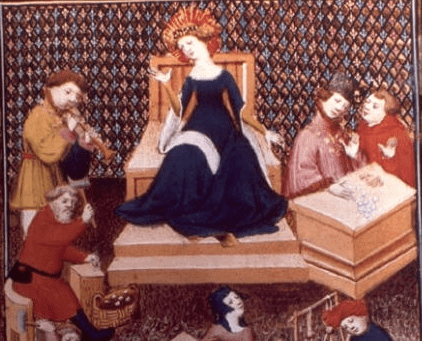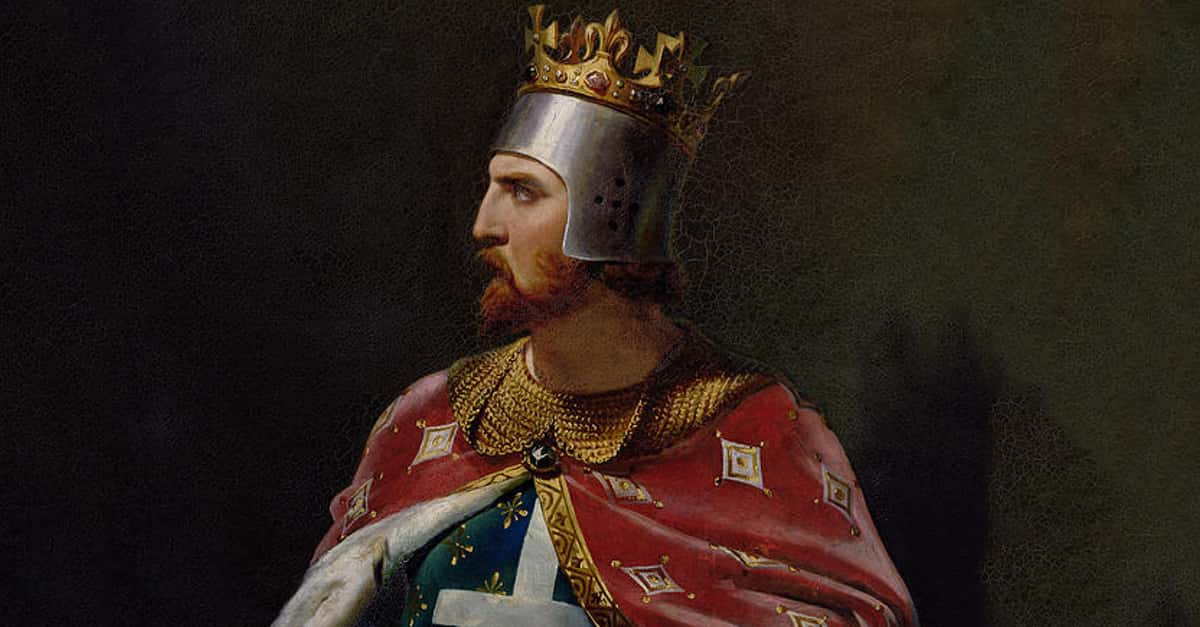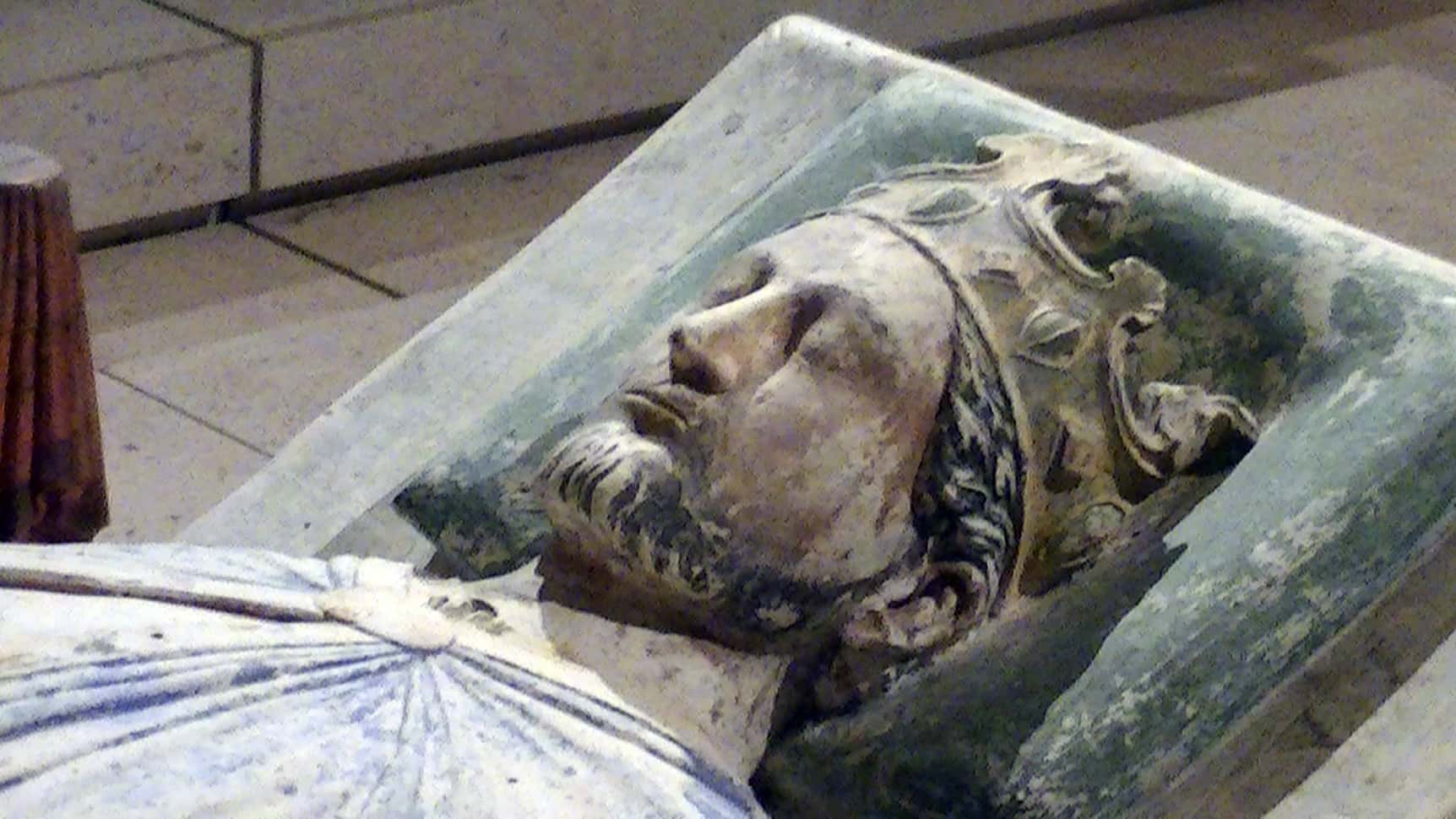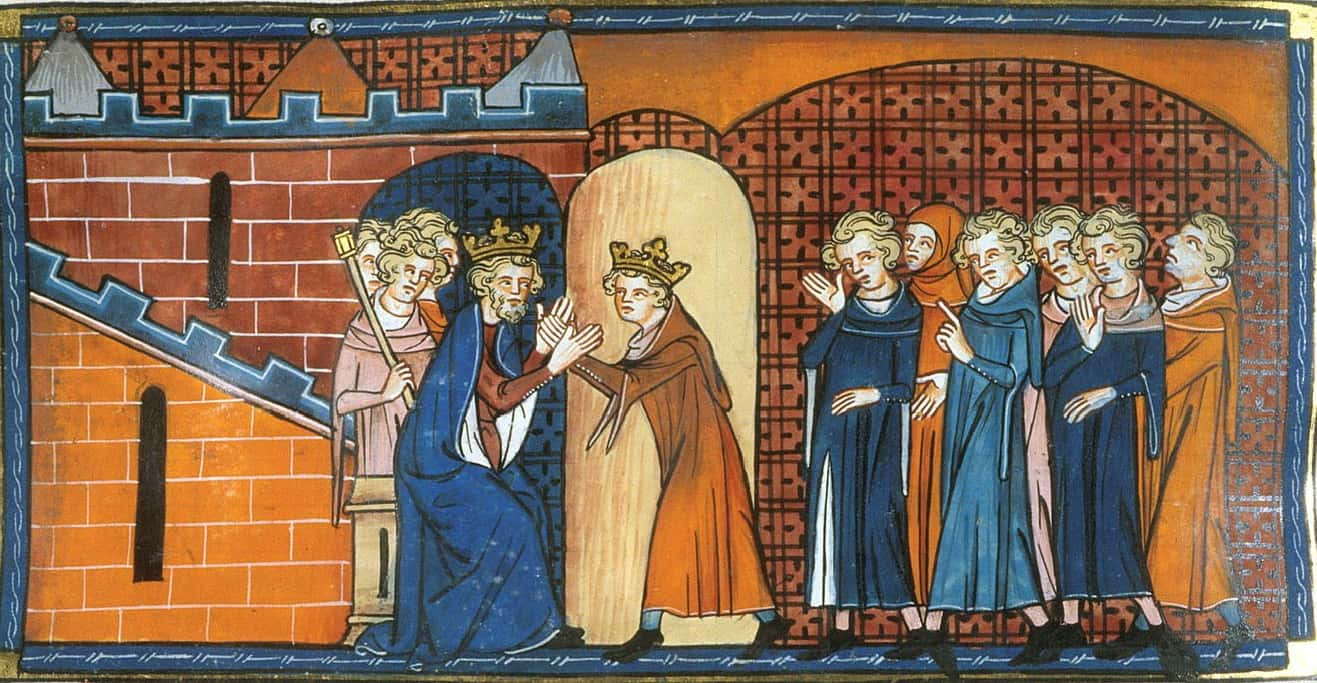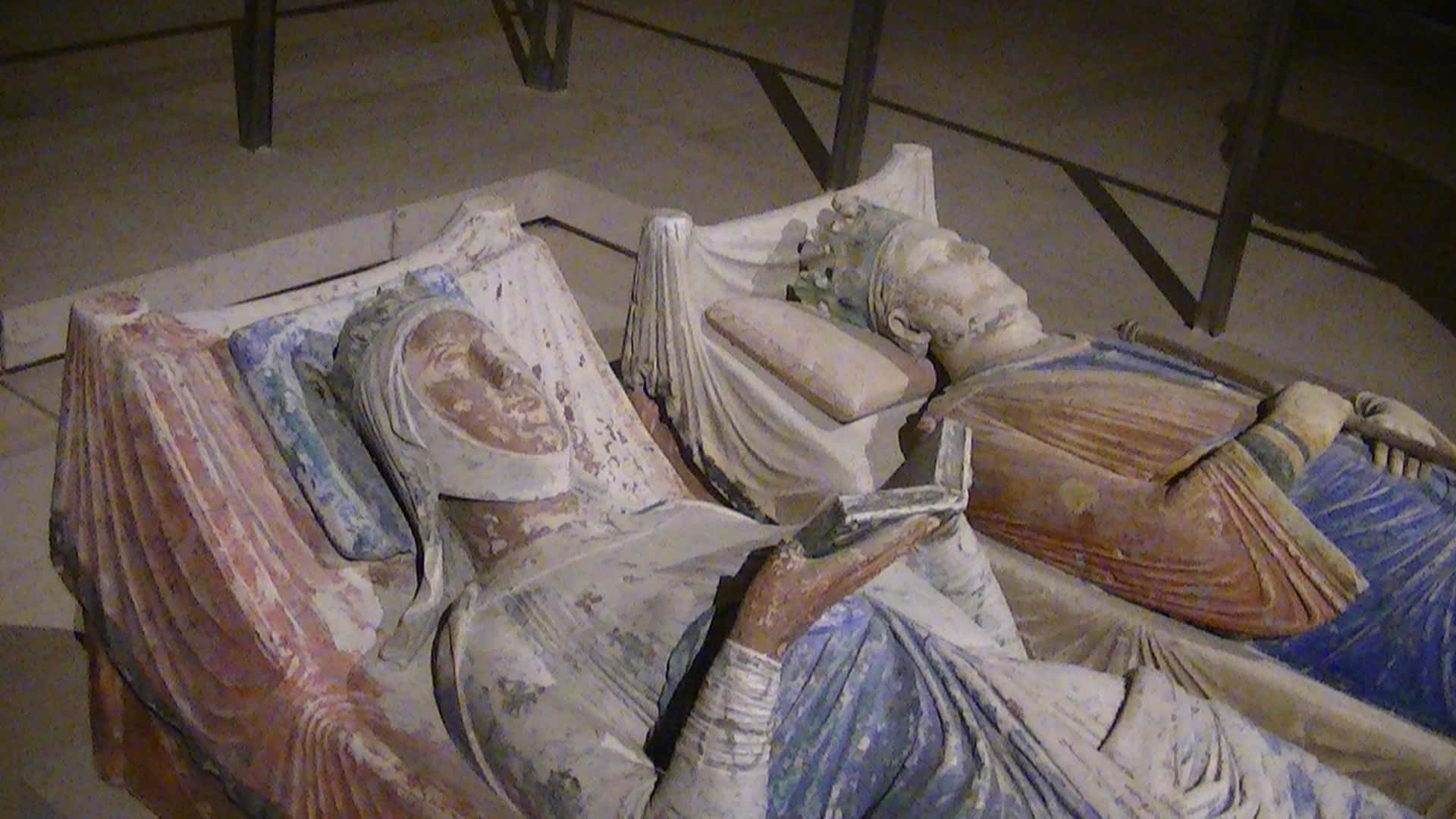Eleanor of Aquitaine, also known as Eleanor of Guyenne, was born in 1122 to William, Duke of Aquitaine and Count of Poitiers. As if being the Queen of both France and England wasn’t enough, she also led a crusade to the Holy Land. Thanks to a vast inheritance, she became one of the most powerful and wealthy women in 12th century Europe. Here are 43 unveiled facts about the Eleanor of Aquitaine.
43. Eleanor: Not Just a Pretty Face
Once she became her father’s heir at age 5, Eleanor was educated in science, history, literature, philosophy, and languages. She was also skilled at horseback riding, was an excellent conversationalist, and she could play games such as chess, checkers, and backgammon. She definitely wasn’t boring!
42. Portraying Her Ancestor
Believe it or not, Katherine Hepburn, who famously portrayed Eleanor in the 1968 film Lion in Winter, was actually descended from Eleanor through both of her marriages. Her royal connection wasn’t mentioned in her autobiography, which has led people to wonder if she simply didn’t know or deliberately chose not to share it.
41. Scandalous Behaviour
William IX, Eleanor’s grandfather, was a scandalous character with a pretty colorful history. In 1094, he wed Philippa of Toulouse, and they had seven children, including Eleanor’s father. Later, he took up with a woman known as the Viscountess Dangereuse. The fact that they were both already married didn’t dissuade either of them, and he “willingly” kidnapped her and made her his mistress until his death.
40. Permanent Ties
Knowing that her lover wasn’t exactly the most faithful of men, Dangereuse took steps to protect her place in the palace by marrying her daughter Aenor to William IX’s son William—Eleanor’s father. Yes, that mean’s both of Eleanor’s grandmothers were, at different points, consorts of her grandfather.
39. Fatal Pilgrimage
William X enjoyed the finer things in life. His lavish lifestyle caused the church to break off relations with Aquitaine, but in 1137, William decided to turn over a new leaf and repair things with the church. He went on a pilgrimage to Santiago de Compostela (Way of Saint James), but became ill after drinking tainted water and died.
38. Tragedy
Eleanor had two full siblings—a younger sister, Petronilla, and a younger brother, William Aigret, who by virtue of being a boy, was the natural heir. Tragically, William and his mother died when he was just 4 years old, most likely from tuberculosis.
37. Heir by Default
Having no more natural sons to leave his lands to, William decided to make the Eleanor his heir. The moment she came into her inheritance, Eleanor became the first and only woman to rule her own duchy.
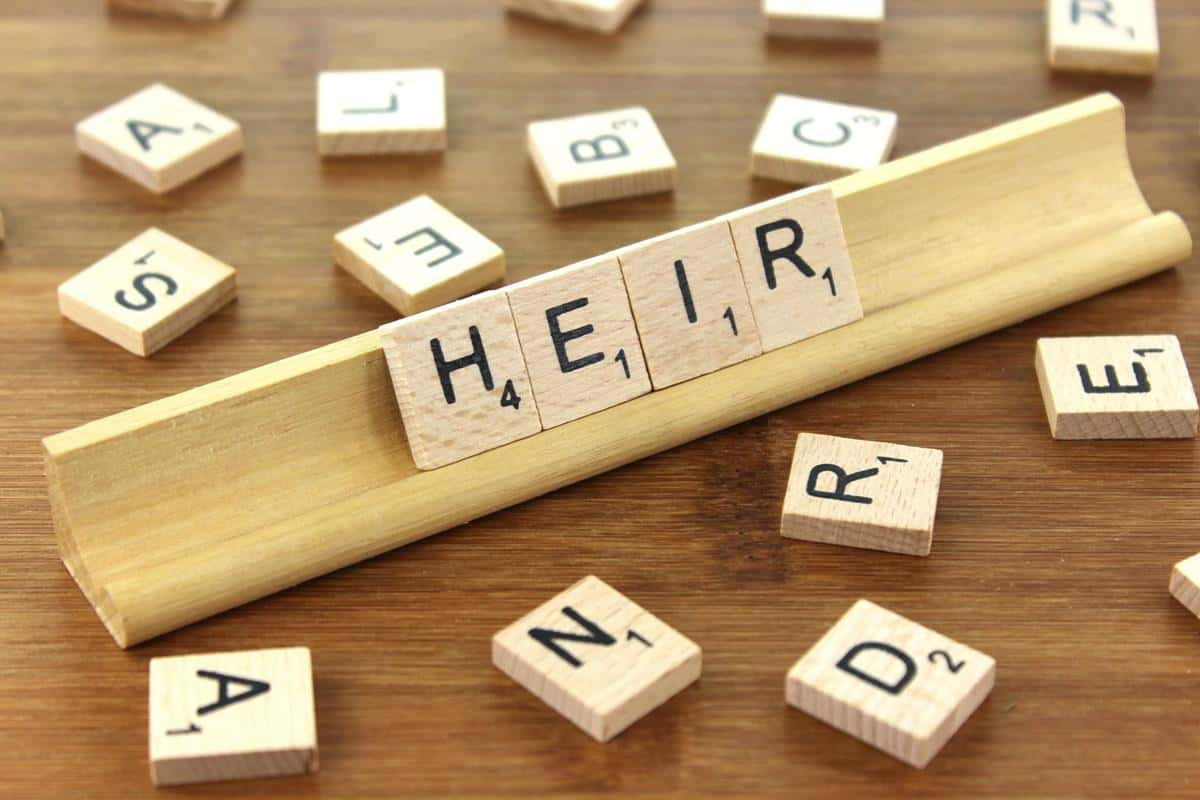 The Blue Diamond Gallery
The Blue Diamond Gallery
36. Spirited Away
With her father’s death in 1137, Eleanor became the Duchess of Aquitaine and was quickly placed under the protection of the King of France. The king wasted no time in pledging her to his son and heir Louis, and kindly sent 500 men to break the news and bring her to the palace to join the royal household.
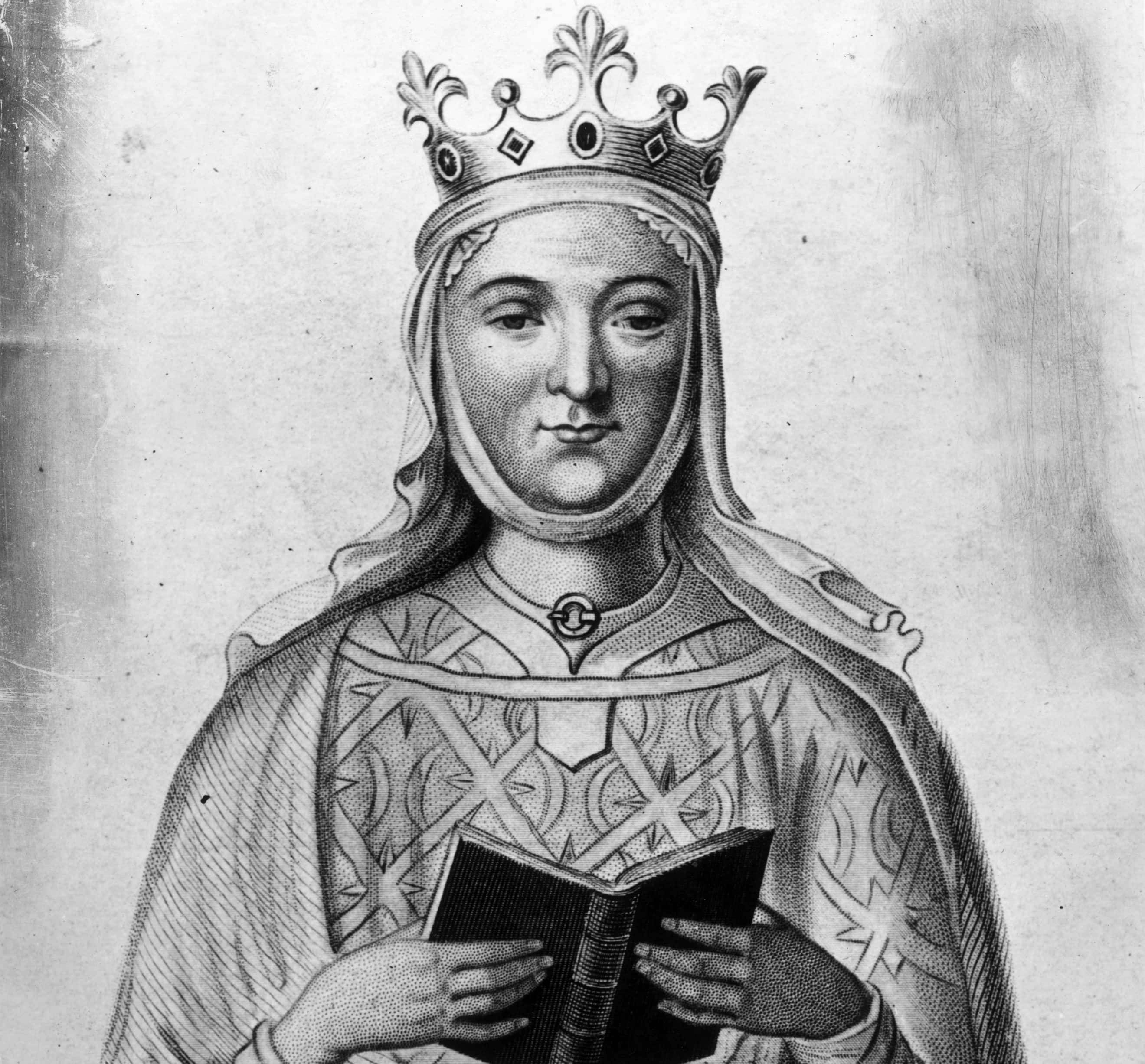
35. Richer than the King
The King of France didn’t take Eleanor in out of the goodness of his heart. The Duchy of Aquitaine was the wealthiest and largest French province—even larger than that of the king. By marrying her off to his son, the king had a legitimate way of getting his hands on her lands, and all without having to kidnap her or go to war.

History's most fascinating stories and darkest secrets, delivered to your inbox daily.
34. Two Times a Queen
Most women would consider themselves lucky to marry one king, but Eleanor married two kings in her lifetime. Her first husband Louis became King of France after his father Louis VI died, and two months after that marriage ended, she married King Henry II of England.
33. Not Their Queen
The people of France were not terribly enamored with Louis’ new bride, nor was Eleanor fond of the French court. As far as the King’s advisors were concerned, Eleanor had way too much influence on the king, and being an educated, opinionated woman who was not afraid to speak her mind, she didn’t fit their idea of what a queen should be. Eleanor tried to bring some of the culture and customs of Aquitaine to the French court, but they simply weren’t having it.
32. Too Cold!
The climate in Southern France was much warmer than that of Paris, and Eleanor is credited with introducing built-in fireplaces in her renovation of the royal palace. The idea caught on and now they’re a common feature in everyday homes.
31. Single Artifact
Only one artifact belonging to Eleanor of Aquitaine is known to still exist today and is housed at the Louvre Museum in Paris. It is a vase made of rock crystal which she gave Louis as a wedding gift. Don’t drop it!
30. Biggest Blunder
One of Louis’ biggest mistakes early in his reign was allowing Raoul I of Vermandois to renounce his wife and marry Eleanor’s sister Petronilla. The scorned woman was the niece of Count Theobald II of Champagne, and as payback for his actions, he sided with the Pope in an argument over Bourges, leading to a two-year-war and a humiliating defeat for Louis.
29. Butt Out!
When Eleanor’s sister wanted to marry the already-married Count of Vermandois, the brother of the count’s jilted wife wrote to the Pope and convinced him to excommunicate them. Eleanor wasn’t pleased and tried to have the Pope revoke the order, but her plan didn't work out.
28. It’s Your Fault!
Eleanor’s accompaniment of her husband on the Crusade was a highly unusual act for both a queen and a woman. Following her lead, other women decided to join their husbands on their journey to the holy land. While one could argue that this was a great step for getting women out of the home, when the crusade failed, Eleanor was blamed for encouraging women to come along and distract their husbands.
27. The Woman in the Tower
A common trope in medieval literature was the image of the maiden in the tower being rescued by a gallant knight who would then marry her. This fantasy was a romantic version of what actually happened, which was that wealthy women like Eleanor were in constant danger of being kidnapped, assaulted, and forced into marriage for their inheritance.
26. It Wasn’t Mutual
Louis apparently adored Eleanor and admired her intelligence, her beauty, and her strength. Eleanor, on the other hand, wasn’t nearly as enamored with her husband, allegedly proclaiming “I thought I was wed to a king, now I find I am wed to a monk.”
25. Rumored Affair
During Louis’ doomed second crusade, a rumor started that claimed Eleanor was having an affair with her uncle Raymond, Prince of Antioch. The affair was most likely just a rumor, and Raymond was just trying to get Eleanor to pressure Louis into attacking Aleppo, which he didn’t want to do. Both the pressure and these rumors made Louis angry, and he forced her to continue with him to Jerusalem instead of allowing her to stay at Antioch as she’d requested.
24. It’s Over!
In 1152, Eleanor attempted to end her 15-year marriage to Louis on the grounds of consanguinity. In layman’s terms, it meant they were too closely related, only being separated by four or five generations instead of the requisite seven. The attempt failed, and she was forced to return home with Louis from his failed crusade.
23. For the Sake of an Heir
Had Eleanor and Louis had a son, it’s entirely possible that he never would have allowed their marriage to be annulled, but after 15 years with two daughters and no sons, he gave her what she wanted for the sake of continuing his line.
22. The Fine Print
Part of the marriage agreement between Eleanor and Louis stated that Aquitaine would retain its independence until she had a son, at which time he’d become King of France and Duke of Aquitaine. Since her marriage to Louis produced no sons, when they ended their marriage, her lands and title reverted back to her. Get it, girl.
21. May-December Romance
Eleanor’s second husband Henry was 11 years younger than her, but they were much more compatible in personality. He was everything Louis wasn’t—strong, brave, energetic, and ambitious—and supposedly, hot-tempered.
20. A Marriage of Protection
A wealthy woman with land was a highly desirable prize in Eleanor’s time, and while she was on her way home to Poitiers after ending her marriage to Louis, two men, Theobald V, Count of Blois and Geoffrey, Count of Nantes attempted each attempted to kidnap her, planning to marry her and take her land.
Despite being even more closely related than she and Louis were, Eleanor immediately asked Henry, Geoffrey’s older brother and the future King of England, to marry her for protection. It was an offer he couldn’t refuse.
19. Well That Changes Things
When her ex King Louis learned that Eleanor had married Henry, he was pretty ticked. Not only had she married without his consent, which technically they needed, but the combination of their lands meant that Henry, who was actually Louis’ subordinate, now had control over half of France. Awkward!
18. A Pox On You Both
What does a scorned king do when your wife divorces you on the grounds that you’re too closely related, and then marries an even closer cousin? Declare war on them both, of course. This didn’t work out so well for Louis, who hadn’t learned anything about proper military strategy, and he suffered an embarrassing defeat at Henry’s hands.
17. Court of Love
In 1167, Eleanor separated from Henry and moved back to her own lands in Poitiers. During her time as ruler, she and her daughter Marie were reputed to have founded the Court of Love—a court focused on chivalry and courtly love that became a haven for artists and poets. Whether or not it actually existed has long been the subject of debate, but the artists of the day ran with it and incorporated it into their music, poetry, and literature.
16. Rival for her Affections
Being faithful was not one of Henry’s strong suits, and he had a number of mistresses over the years. Somewhere in the mid-1160s, he began a secret affair with a mistress known as Fair Rosamund. Few details are known about the real Rosamund, but like Eleanor’s court of love, artists, musicians, and writers of the time filled in the blanks to create a history of mythical proportions.
15. Dagger or Poison?
One of the most popular myths surrounding Rosamund is that she was killed by a vengeful Eleanor. The legend states that Henry built his favorite mistress a home in the center of a garden maze at his Woodstock palace, and he would find her by following a red string. Eleanor supposedly caught on and managed to make her way to the center of the maze where she found Rosamund. Eleanor supposedly offered her a choice—she could die by a dagger to the heart, or by drinking poison. In reality, Rosamund died at a nunnery, but the story sure adds to Eleanor’s tough-as-nails reputation!
14. Love or Ambition
Many historians have puzzled over why Eleanor chose Henry as her second husband, drawing the conclusion that it was a combination of ambition and the opportunity to really stick it to her ex-husband. Being a ruler herself, it’s possible that Eleanor had expected to have a more equal role in England’s governance, but Henry had no desire to share power with her. Whatever motivations they had for marrying, it was a successful marriage in the traditional sense, as Eleanor gave birth to eight children, seven of whom survived to adulthood.
13. The Last Two
Of Eleanor’s eight children with Henry, five of them were sons. But by 1189, only two remained: Richard (who would become the Lionheart) and John. Firstborn William died when he was 3 years old. Their second son Henry died from dysentery while getting ready to go to battle against his brother Richard, and Geoffrey got trampled to death during a jousting tournament in Paris.
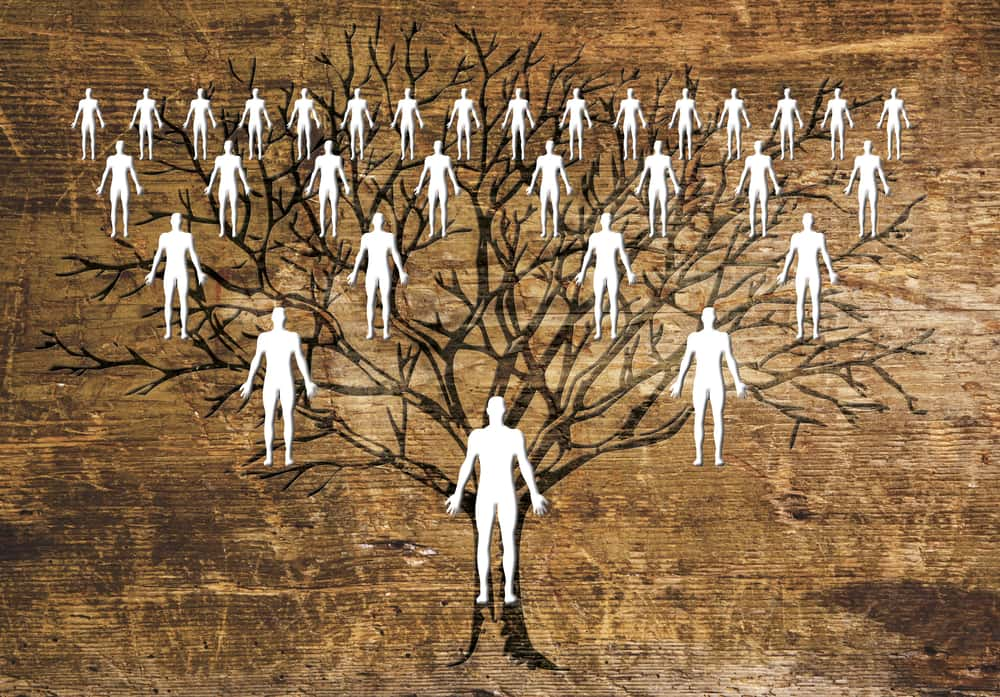
12. Land Grab
As if the family ties weren’t complicated enough, Henry and Eleanor’s oldest surviving son Henry the Young married King Louis’ daughter from his second marriage. The marriage was arranged by Henry II, who saw it as a way to finally gain control of more land. Had he simply had a little patience things probably would have gone much smoother, but Henry forced the marriage through when they were children so he could take the territory, resulting in a nasty border war.
11. Playing Favorites
Eleanor certainly must have loved all of her children (or at least the ones she had with Henry), but Richard was by far her favorite. She gave him Aquitaine to rule over as its future duke, never imagining that neither Henry the Younger nor Geoffrey would live to become king. Richard was also most like his mother and inherited her love of music and poetry.
10. Picking Sides
With all these tensions, it's no surprise that Henry and Eleanor had some, er, marital troubles. The Revolt of 1173-1174, for example. In this revolt, three of Eleanor’s sons by King Henry II—Henry the Young, Richard, and Geoffrey—plotted to overthrow their father and seize the throne. Mommy Dearest also supported her children in their rebellious phase.
By this time, Eleanor was already estranged from her husband, so it wasn’t a stretch for him to figure out that she was actively supporting the revolt. When it failed, Eleanor dressed up like a man and fled to France.
9. Treading Carefully
Henry was absolutely livid when he discovered her betrayal, but he knew he couldn’t just openly punish her. Instead, he found her, arrested her without publicly announcing the arrest, and kept her under house arrest in various English castles for 16 years, partly as collateral to keep his sons from revolting again. Eleanor became a prisoner queen.
8. Halfway Free
Over the next decade, Henry would periodically release Eleanor for holidays and other occasions when her presence was needed, but by 1184, he figured out that the only way he could retain his power was if she was at his side, so he brought her back to England. Though she was no longer being kept in isolation, she was still a virtual prisoner and had a jailer who monitored and limited her movements.
7. Setting Her Free
The first thing Richard did when he succeeded Henry as King was to properly free his mother from her quasi-imprisonment. His next act was to make her his regent, and she ruled in his stead while he was away leading the third crusade.
6. The King Is Dead
Richard, at only 41 years old, died after a crossbow bolt snagged his left shoulder in 1199 during a castle siege. Once the bolt was ripped out, the wound quickly became infected. He died just two days later—but his beloved Eleanor was able to make it to the site to see him before he ultimately passed. He died in her arms.
5. One Can Forget, if the Dead Do the Forgiving
Before his death, Richard summoned the man who had shot him; he turned out to be a mere boy. When asked why he had shot the King of England, the child spat out that Richard had killed his father and brothers, and so he was seeking his revenge. He thought he was facing certain execution, but Richard's final words to him were an act of mercy. "Live on, and by my bounty behold the light of day," the King said, forgiving the boy and sending him away with 100 shillings.
Tragically, Richard's royal pardon may have been immediately betrayed: one source reports that a vicious captain named Mercadier went against the King's wishes, flaying the boy alive and hanging him in revenge.
4. Rightful Heir
Despite being the last remaining son of Henry and Eleanor, John was not the true next in line to the throne after Richard. Geoffrey’s son Arthur was born a few months after his death and was named Richard’s heir presumptive at two years old. When Richard died, the Archbishop of Canterbury and Justiciar of England convinced the English barons to pass Arthur over in favor of John, on the grounds that John was more experienced and knew more about England than Arthur did.
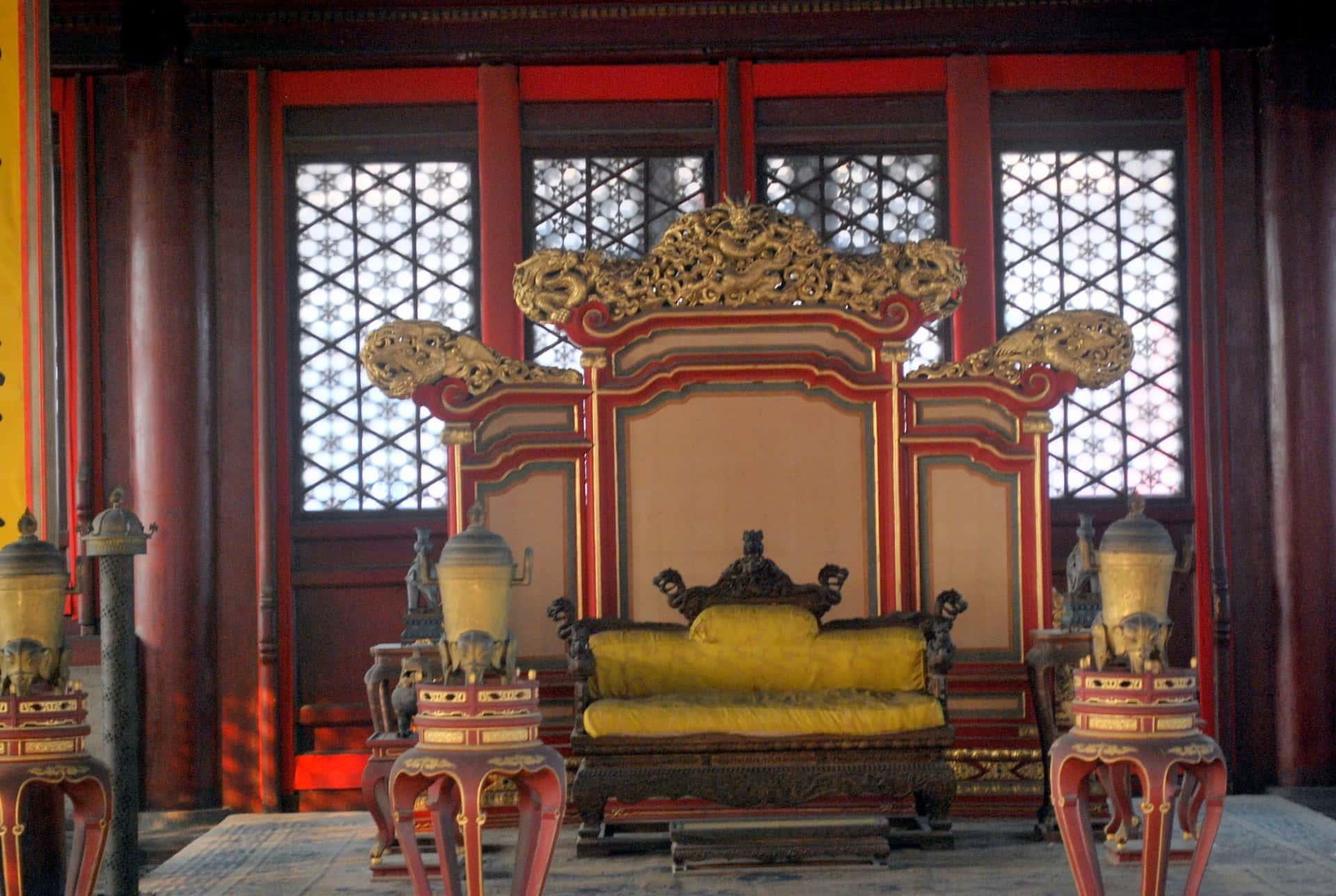 Public Domain Pictures
Public Domain Pictures
3. Trapped Again
Geoffrey’s son Arthur of Brittany grew up in the household of the King of France, who naturally had his own interest in Arthur becoming king. With the King of France’s encouragement, Arthur trapped his grandmother Eleanor in the castle keep at Mirebeau. The next morning, John and his men stormed the castle and rescued Eleanor, and Arthur was captured, imprisoned, and probably murdered.
2. Final Stage
Eleanor lived to the ripe old age of 82, outlived 8 of her 10 children, and saw two of her sons crowned king. In 1202, she withdrew from public life and lived out the rest of her life as a nun at Fontevraud. The spot was basically a retirement home for important women, and Henry’s family had close ties to the abbey.
1. Getting the Last Laugh
Eleanor is buried at Fontevraud next to her husband Henry and her son Richard, but even in death, she managed to get in one last dig at Henry. She had her tomb effigy built a few inches higher than her husband’s, elevating her above him for eternity.
Sources: 1, 2, 3, 4, 5, 6, 7, 8, 9, 10, 11, 12, 13, 14, 15, 16, 17, 18, 19, 20, 21, 22, 23, 24, 25

